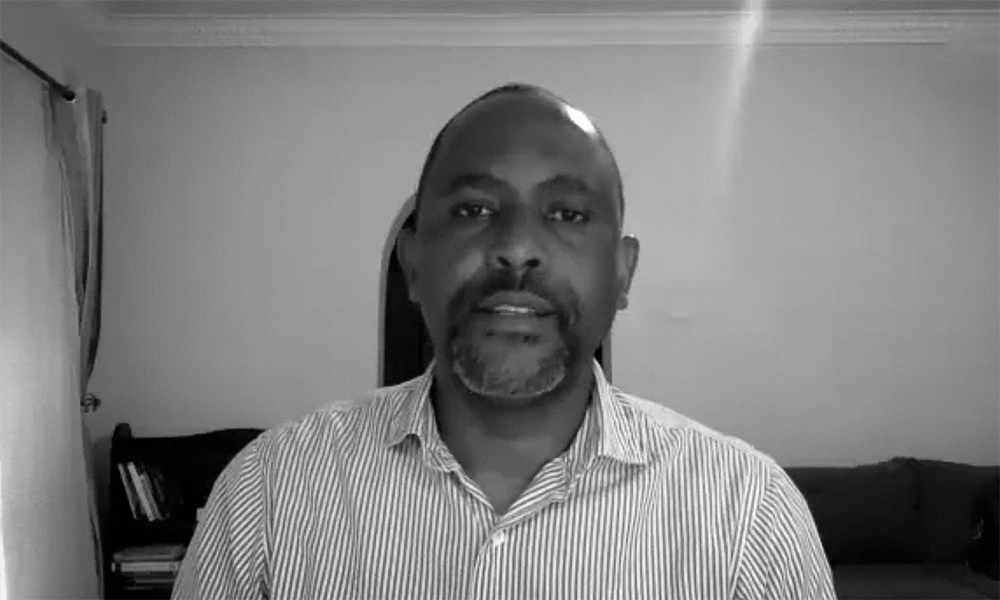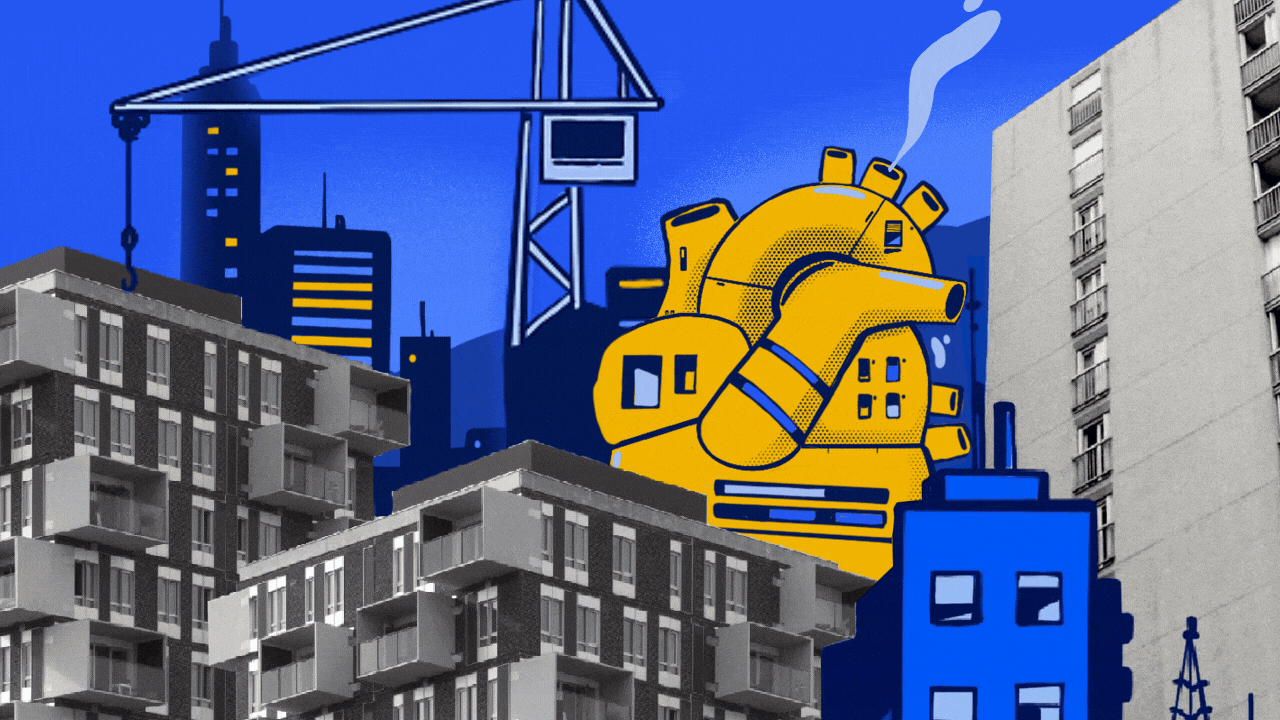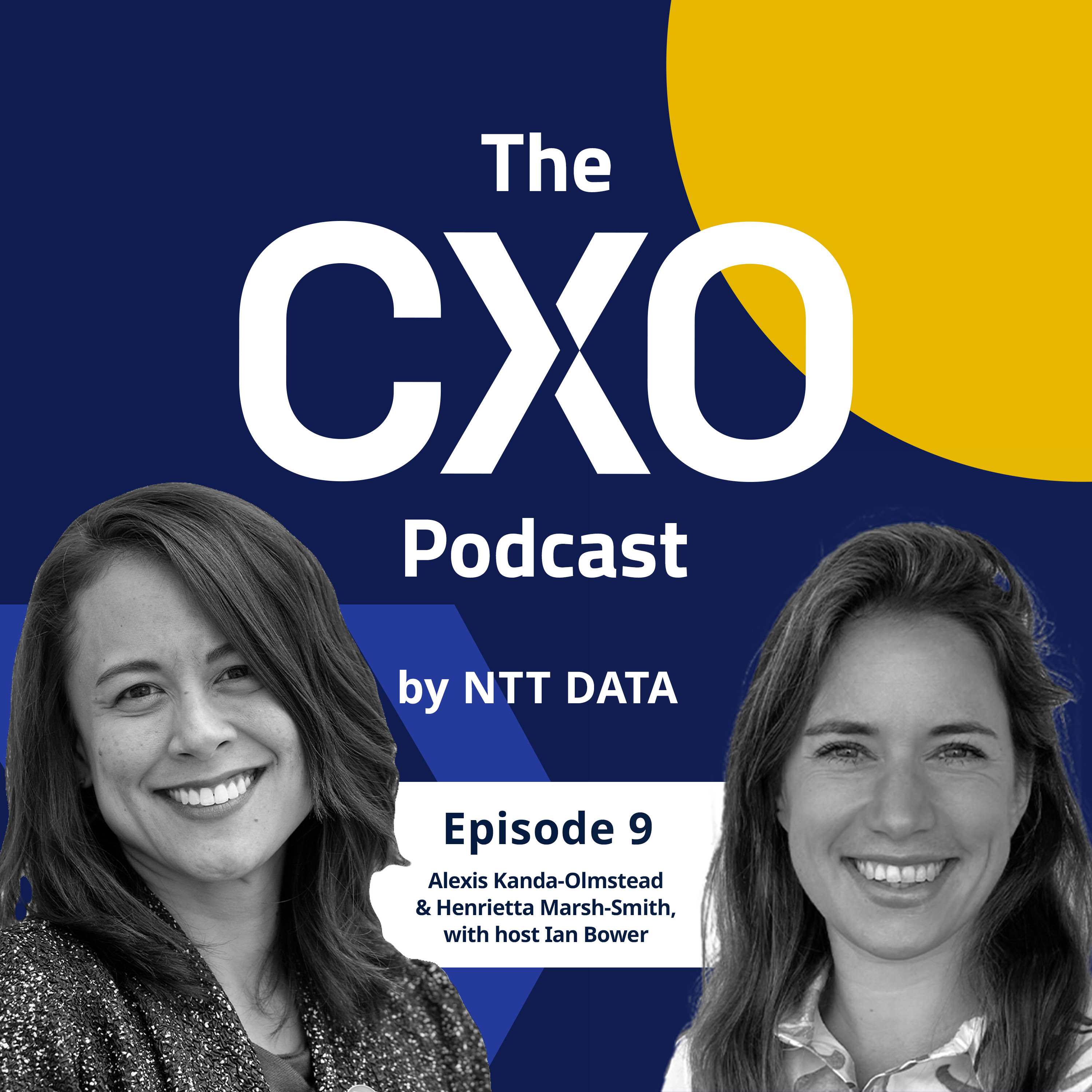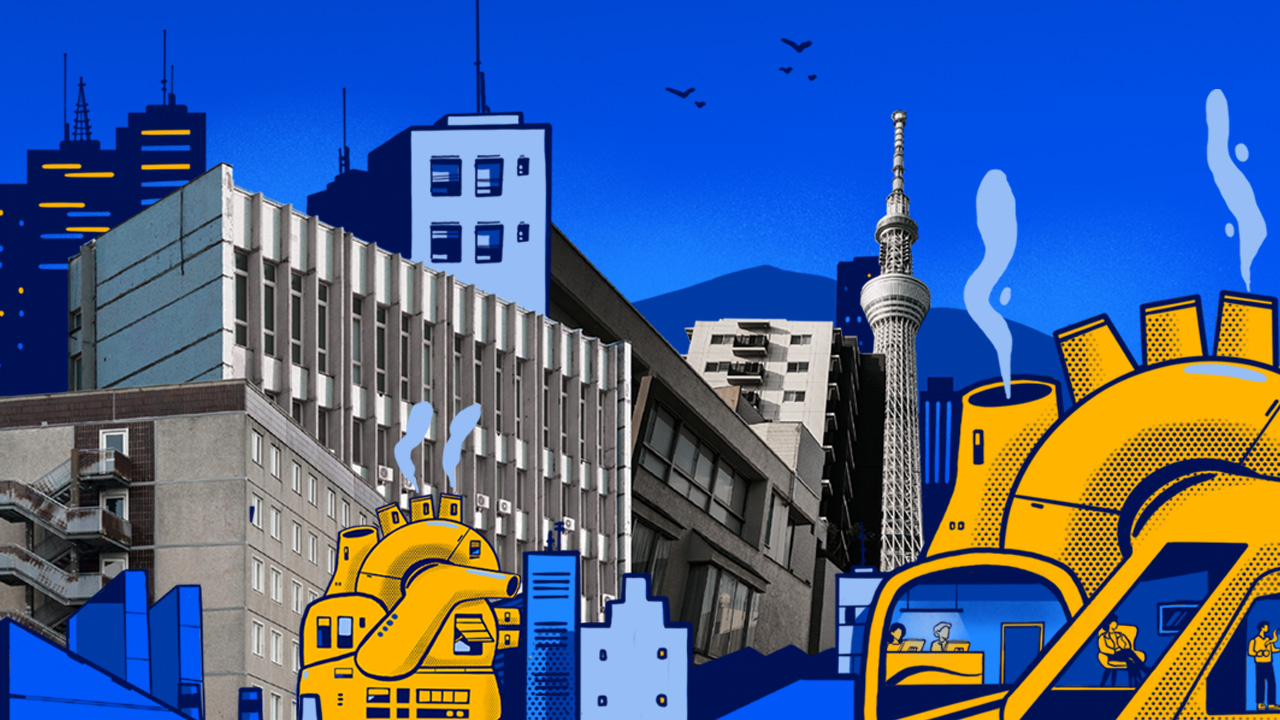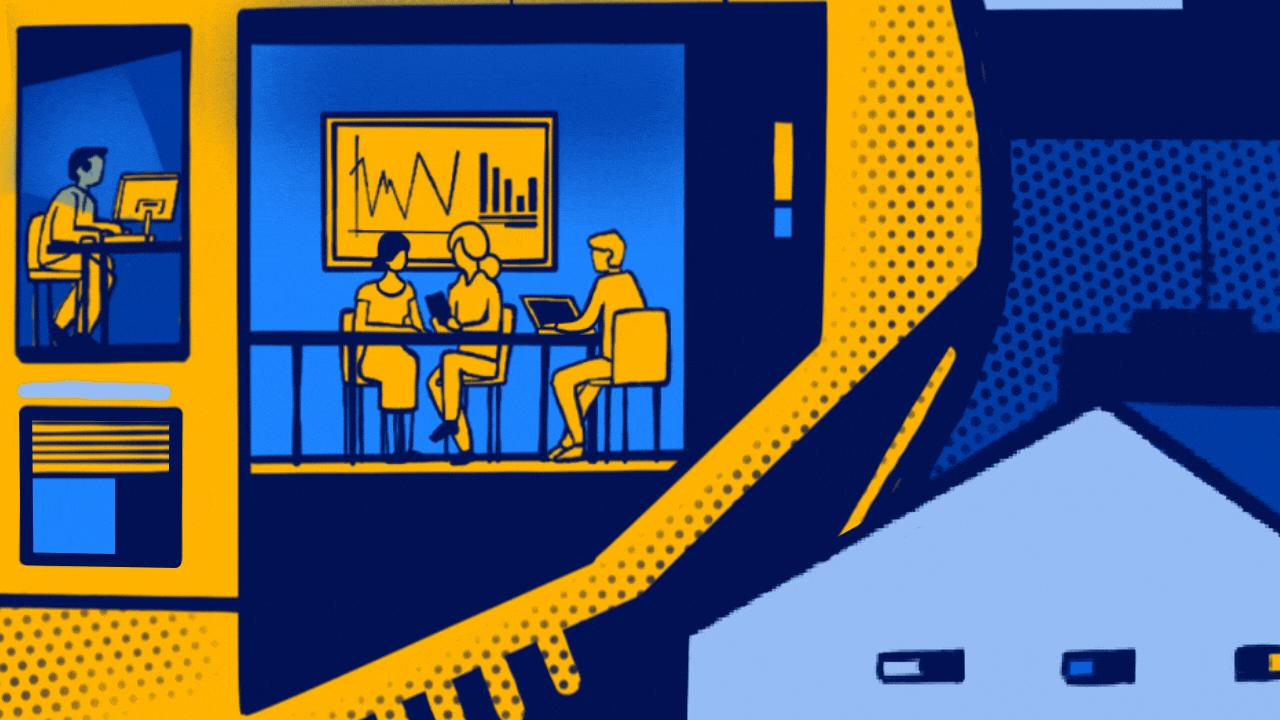
Source: Kevin Wang / Unsplash
“Gentelligence pushes back on the idea of generational competition, replacing it with the idea that people of all ages can benefit from the potential of intergenerational power. The perspective of seeing other generations as a threat is not new. These tensions have been around so long that many leaders have accepted them as normal, assuming nothing can be done to ease them. With an escalation in the speed of change and the increase in global competition, the cost of this tension is now greater than ever before. Ignoring this conflict negatively affects key business outcomes, including attracting the best talent, developing diverse teams, filling the leadership pipeline, and creating adaptable cultures for the future of work.”
– Extract from Gentelligence: The Revolutionary Approach to Leading an Intergenerational Workforce.
The future of work is one of those obscure concepts that seem distant and removed from what we need to think about today. Yet we are deciding the future of work right now.
The pandemic has fundamentally reset any preconceived notions we may have had about how things had to be and has left us a blank slate about what work could be. Yet, despite all the significant changes afoot, one thing remains true: whether an organization will thrive depends almost entirely on the decisions they make about its talent and its workforce.
Gentelligence: the missed opportunity
In every organization today, there is a hidden potential: one we all possess but almost no one is utilizing well. It’s the potential of intergenerational and age diversity. Interestingly, most organizations view generational differences as nothing more than an annoyance, giving them surface-level attention if they give them any. Strangely, age diversity is rarely included in diversity and inclusion strategies, even though every organization has it.
Yet, there lies one of the most critical opportunities for the future of work: the potential to create powerful intergenerational collaborations. Such collaborations tap into the different expertise that stems from growing up in different periods of history. This is what we call Gentelligence.
Intergenerational teams can experience conflict, frustration and miscommunication. Yet with a proactive leadership strategy and a climate that appreciates and supports these differences, those adverse effects can not only be neutralized but turned into a source of competitive advantage.
Left to their own devices, research shows intergenerational teams will not likely be powerful or wise. They will instead experience conflict, frustration and miscommunication. Yet with a proactive leadership strategy and a climate that appreciates and supports these differences, those adverse effects can not only be neutralized but turned into a source of competitive advantage. Well-managed intergenerational teams can tap into different informational networks and merge complementary skills and abilities inherent to other generations.
We need a strategy to help us create organizational cultures where generational differences are reframed as a source of strength and opportunity rather than one of frustration and threat. Gentelligence is that strategy.
Building Gentelligent cultures
To create Gentelligent places to work, companies must focus on the three levels of organizational culture: their artifacts (what they see and do), their espoused values (what we say), and their underlying assumptions (what they truly believe). Each of these levels must support the normalizing of intergenerational learning and collaboration. In other words, at all levels, we must authentically think, speak, and show that we believe generational diversity is valuable and essential.
In our book Gentelligence: A Revolutionary Approach to Building an Intergenerational Workforce, we share the following advice on how to build Gentelligent layers of culture from the ground up (excerpted).
Artifacts: what we see and do
Most existing efforts to transform organizational cultures to appeal to multiple generations focus exclusively on the layer of artifacts. For example, organizations tend to invest in surface-level, visible improvements rather than focusing on the more challenging, more in-depth aspects of their corporate cultures to catch the attention of the newest and youngest job seekers.
Perks like free food are one of the most minor factors for keeping professionals at their current companies. People would much rather see a focus on learning and development programs that are open to all ages, philanthropic opportunities, and return-to-work schedules that prioritize opportunities to be in the office together.
While people generally love the idea of perks like free food and game rooms, our research shows this is one of the most minor enticing factors for keeping professionals at their current companies. Instead, people would much rather see their company focusing on benefits like learning and development programs that are open to all ages, philanthropic opportunities that can bring different age employees together for meaningful purpose, and return-to-work schedules that prioritize opportunities for different age colleagues to be in the office together.
Espoused values: what we say
To build Gentelligent workplaces, we suggest building a generationally aligned set of shared values and setting a bold goal for a company’s intergenerational collaborations. To inspire action, an organization needs a substantive, aspirational target to envision what is possible. Since so few organizations currently promote a Gentelligent culture, we use the term aspirational intentionally to capture the need to work collectively toward a desired future rather than being content with the current reality. For an organization to build this culture, it must set a goal that focuses attention and energy on valuing, appreciating, and leveraging perspectives of all generations.
Underlying assumptions: what we believe
Managers must ask what beliefs their organizations cling to surrounding age diversity and expectations, encouraging (and incentivizing) leaders and employees to identify existing practices and norms that are not generationally inclusive. Nothing should be sacred, even (or especially) practices that represent company tradition and established protocol. By enlisting people of all ages and career stages in this critical review, companies will likely uncover embedded beliefs that obstruct or limit intergenerational potential. Such roadblocks can be lurking in a company’s hiring, decision-making, and ongoing learning processes. A great starting point asks, “What around here isn’t Gentelligent?”
Through intergenerational learning, all participants are given a chance to teach and to learn, growing their skills while impacting wisdom on the other party. The benefits are spread out, allowing each generation to gain without anyone losing.
Research has shown that intergenerational learning benefits its participants, regardless of age, by developing strong positive relationships between the generations and furthering cohesion and social inclusion between the generations. Through intergenerational learning, all participants are given a chance to teach and to learn, growing their skills while impacting wisdom on the other party. The benefits are spread out, allowing each generation to gain without anyone losing.
Worldwide, we are currently experiencing a fundamental shift in how we work, where we work, and when we work, and many of us are also revisiting the question of why we work. Work with meaning and purpose, and workplaces where we feel appreciated and seen for the unique value we bring (including age and generation) are more critical now than ever.





















